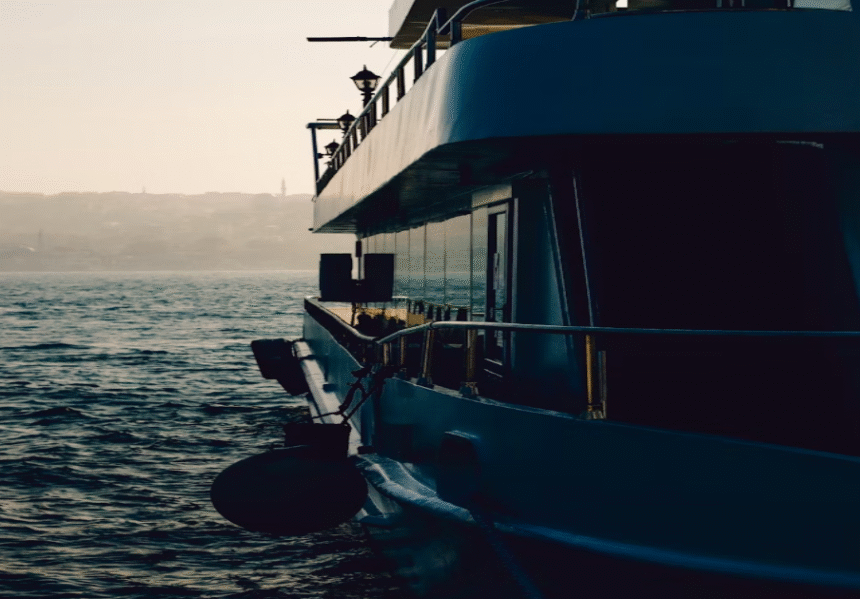Over the past decade, European river cruises have evolved from a quiet niche into one of the most refined ways to explore the continent. They merge the convenience of unpack-once travel with the intimacy of boutique hospitality, offering guests a seamless blend of relaxation, culture, and scenic immersion. As luxury travellers increasingly prioritize authenticity and sustainability over extravagance, river cruising has emerged as a sophisticated answer to those desires. This article explores how river cruises are reshaping the meaning of luxury travel across Europe, what makes them unique, and what the future holds for this elegant mode of exploration.
Luxury Traveling In Europe — Refined Comfort And Cultural Depth
Luxury travel in Europe has undergone a quiet transformation. Today’s travellers are less focused on opulent displays and more interested in meaningful experiences that connect them with local culture and heritage. Instead of five-star excess, luxury now means exclusivity, comfort, and access — and river cruises offer all three in perfect harmony.
Gliding through the heart of the continent, guests can sip regional wines as medieval towns drift by, wake up to cathedral spires on the horizon, and dine on locally sourced cuisine inspired by each day’s destination. Unlike traditional tours that involve constant packing and long drives, river voyages eliminate the hassle without sacrificing depth. Each stop — from Vienna and Budapest to Avignon or Porto — feels like a curated chapter in an unfolding story. It’s an intimate and immersive form of slow travel that turns every journey into a trip to remember.
The Intimate Scale: Small Ships, Big Experiences
River cruise ships are deliberately smaller than ocean liners, typically hosting 100 to 200 passengers. This limited capacity is not a constraint but a design choice that fosters quiet luxury. With fewer guests on board, service feels personal — crew members often remember names and preferences, creating a sense of belonging that large vessels simply can’t replicate.
Because these ships are built for Europe’s narrow rivers and low bridges, they can dock right in city centers rather than at remote ports. Passengers step directly into the heart of the destination, whether it’s a UNESCO-listed old town or a tucked-away riverside village. The experience feels effortless — no tender boats, no crowds, just seamless access to history, culture, and cuisine.
Onboard Elegance: Design, Cuisine, And Atmosphere
Modern river cruise design emphasizes understated sophistication. Cabins and suites often feature floor-to-ceiling windows that transform the river itself into moving art. Lounges and open decks serve as serene observation points, while restaurants prioritize fresh, locally inspired dishes paired with regional wines.
Many cruises feature enrichment programs such as onboard concerts, guest lectures, or cooking demonstrations that complement the day’s destination. This thoughtful integration of culture and comfort defines the new standard of European luxury: indulgence without excess, elegance without pretension.
Immersion Ashore: Connecting With Europe’s Heartlands
The true charm of river cruising lies in its approach to shore excursions. Because ships moor in city centers, guests can walk or cycle directly from the gangway into bustling markets, vineyards, or historic neighborhoods. Each itinerary is crafted to showcase local identity — from sampling Riesling in the Rhine Valley to learning traditional pâtisserie techniques in Lyon.
These experiences are small-scale and carefully curated, often led by local experts who share insights that go beyond the guidebook. Many itineraries also offer themed tours focused on art, architecture, or gastronomy, appealing to travelers who want to engage deeply with each destination.
Sustainability And Responsible Luxury
As environmental awareness grows, river cruises are taking measurable steps toward sustainability. Newer vessels are built with cleaner propulsion systems and energy-efficient technology. Many ports along the Danube, Rhine, and Seine now provide shore power, allowing ships to turn off engines while docked.
On land, excursions increasingly favor low-impact activities such as guided walks, cycling tours, and visits to local family-run producers instead of large-scale tourist attractions.
Who Are River Cruises Designed For?
The modern European river cruise appeals to a diverse range of travelers. Couples and solo explorers often appreciate the slower pace and all-inclusive convenience. Mature travelers value the comfort and accessibility of city-center docking, while younger professionals are drawn to the emphasis on local food, culture, and sustainability.
River cruises are also ideal for multigenerational groups who want to share experiences without logistical stress — grandparents, parents, and adult children can each find their rhythm aboard. Whether it’s sipping espresso on the sun deck or exploring a castle on a guided tour, everyone moves at their own pace, yet still comes together for shared moments.
Timing, Routes, And Planning Considerations
Europe’s river systems each tell a distinct story. The Danube winds through grand imperial capitals like Vienna, Budapest, and Bratislava; the Rhine reveals Gothic cathedrals, vineyards, and medieval fortresses; the Seine glides through Normandy and Paris, connecting art and history; and the Douro flows past terraced vineyards and sun-drenched Portuguese hillsides.
Seasonality plays a big role in shaping the experience. Spring brings lush landscapes and moderate weather, while autumn offers harvest festivals and fewer crowds. Winter itineraries, though shorter, are increasingly popular for their Christmas market charm. Prices vary depending on the route, inclusions, and season, but because many cruises cover meals, tours, and entertainment, they often provide strong value within the luxury segment.
The Evolving Definition Of European Luxury
What distinguishes today’s river cruises from their early counterparts is how they redefine what luxury means. Once centered on opulence, luxury now reflects time, space, and personalization. River voyages deliver these qualities naturally — unhurried movement, a sense of privacy, and deep engagement with the journey.
As technology and sustainability continue to advance, expect even quieter, greener ships and more bespoke itineraries that link multiple rivers and regions.
Endnote
European river cruises have reimagined what it means to travel in style. They merge the intimacy of small ships with the richness of continental history and culture, offering travelers the rare chance to see Europe at a human pace — one bridge, one vineyard, one story at a time. For those who value authenticity, comfort, and a sense of connection, a river journey across Europe is more than just a vacation. It’s the essence of modern luxury travel — and undeniably, a trip to remember.











